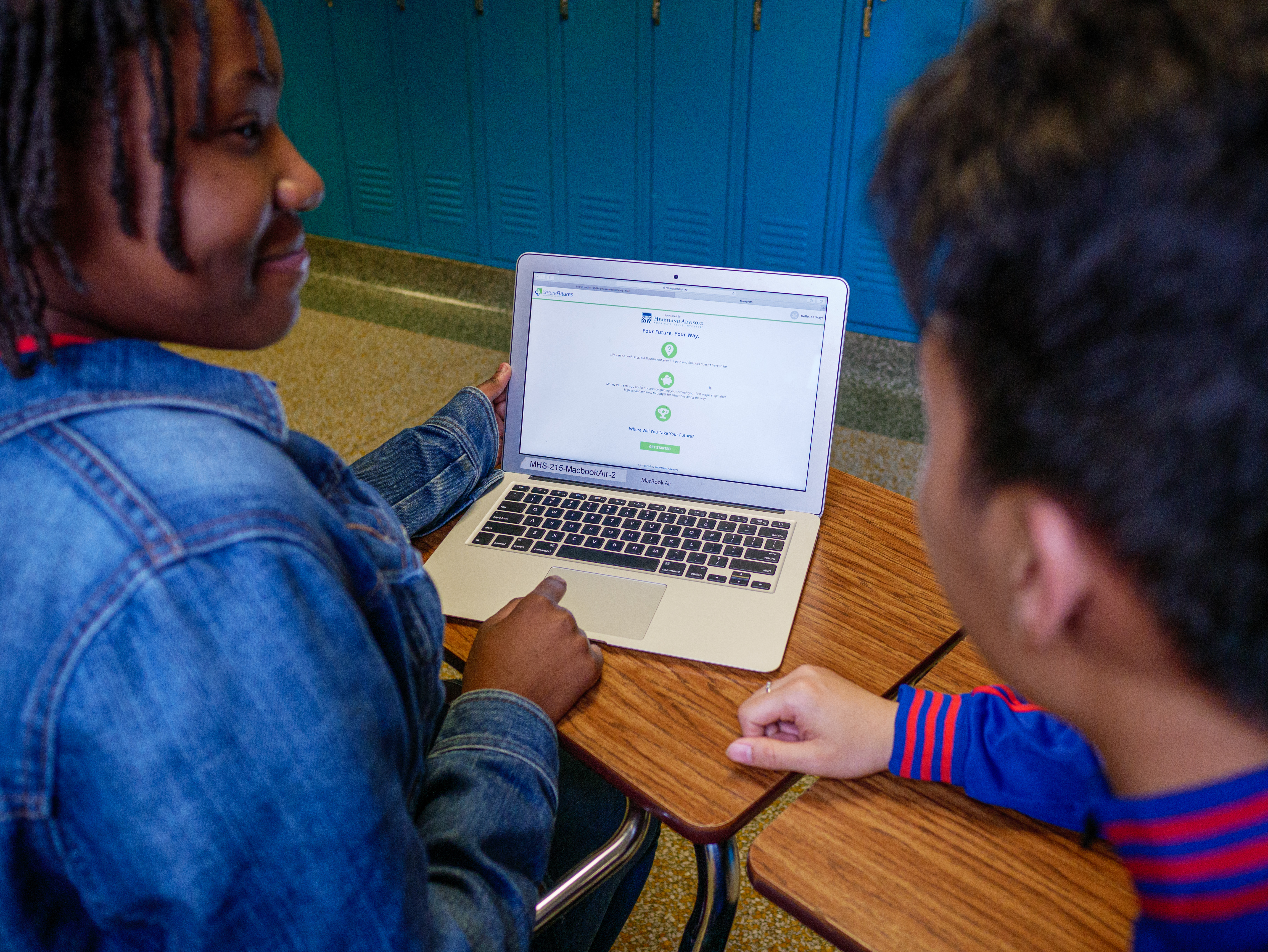Talking to teens about student loan debt
by Brenda Campbell, President and CEO, SecureFutures
1.5 trillion dollars.
$1,500,000,000,000.
That’s how much Americans currently owe in student loan debt.
We all know it’s a crisis. It seems like every week I see a new headline about the impact of student loan debt on individuals, families, and our overall economy.

According to a recent report from the U.S. Treasury Department’s Financial Literacy and Education Commission, the burden of student loan debt is preventing graduates from pursuing careers of choice and putting aside savings for the future needs of their families. The same report recommended financial literacy education be required for all high school students so they have the basic knowledge to make wise decisions in taking on debt.
Of course, this isn’t news to us. SecureFutures exists specifically to address that knowledge gap in high school students. But teens need more than just facts. They need a tool that can bring together all the pieces of the puzzle when it comes to planning their financial futures. They need a road map.
Which, of course, is where Money Path comes in. Our new app was developed specifically to give teens an understanding of the choices that lie in front of them and how different paths can impact their financial futures.
Money Path is specific, concrete, and guides students step by step. They can directly compare the cost of a state school vs a private school vs a skilled trade or apprenticeship program. They get a glimpse of the future by building a model of their post-graduation budget showing exactly how a student loan payment will affect their ability to purchase a home or save for retirement.
 But Money Path is more than just a roadmap. It’s also a bridge between teens and parents, helping to facilitate necessary discussions.
But Money Path is more than just a roadmap. It’s also a bridge between teens and parents, helping to facilitate necessary discussions.
I remember talking with my daughter Alyx six months after her college graduation. That’s when things get real for grads who have taken on student loans. Payments come due, and what seemed like free money is now a monthly obligation with real impact on financial stability.
In Alyx’s case, we’d had the conversation – in fact, many conversations – about how she could balance her college and career goals with her financial ones, so her student loan debt was minimal and loan payments didn’t come as a surprise. But many of her friends hadn’t had those conversations, and were being hit hard by the realities of debt. Some of them had taken on a considerable amount. They felt trapped, and were panicking.
As a 17 year old, Alyx probably rolled her eyes a little when I brought up these topics. But as a 22 year old, she actually thanked me for having those conversations with her early enough that she could head into post-college life without panic or fear.
It’s so important to talk about these realities with our kids. Our hope is that Money Path will make it easier, and that more parents will introduce the topic of responsible borrowing and financial decision-making early, and regularly, to prevent a crisis later.
$1.5 trillion is a scary number. But I’ll counter that number with another one: 95% of students who used the Money Path app this past year said what they learned will be useful in helping build a good plan for their financial future. We know it’s possible to equip the next generation of high school graduates for better futures, futures in which student loan debt doesn’t hold them back.



